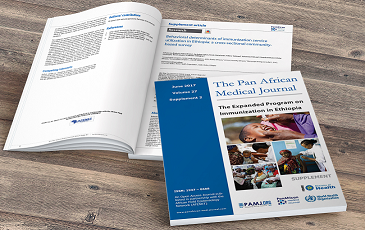Giant primary dural lymphoma with vault involvement
Mohamed Moutaoukil1, Brahim Eljebbouri1,&
&Corresponding author
A 52-year-old immunocompetent man presented with frontal headaches. Physical examination showed a painful frontal hump (A). Computed tomography (CT) and magnetic resonance imaging (MRI) scans revealed a giant bifrontal extra-axial tumor (B, C). He benefited from total removal of the tumor. Pathological examination of the resected mass led to the diagnosis of anaplastic large B-cell lymphoma (cell immunopositivity for CD30 and anaplastic lymphoma kinase) (D). He was transferred to the oncology unit for chemo and radiotherapy with good clinical evolution. Primary dural lymphoma (PDL) is extremely rare, accounting for 7% of all primary central nervous system lymphomas. PDL usually involves sites that are rich in meningothelial cells, and results in a localized mass or plaque-like thickening of the dura that radiologically resembles a number of other diseases, such as meningioma or subdural hematomas. Although there is as yet no optimal treatment for PDL, surgical excision followed by radiotherapy and chemotherapy are recommended.
Figure
1: A) picture of the patient with frontal hump; B) axial CT scan after injection
of contrast medium showing the appearance of erosive and invasive
frontal tumor; C) magnetic resonance imaging (MRI) sagittal T1-weighted
images following
gadolinium administration; a heterogeneously enhancing and lobulated
dural mass developed within the superior sagittal sinus (SSS),
and was surrounded by localized cerebral edema; D) cell immunopositivity
for CD30
and anaplastic
lymphoma kinase (IHC stain ×200)













